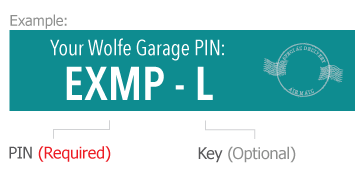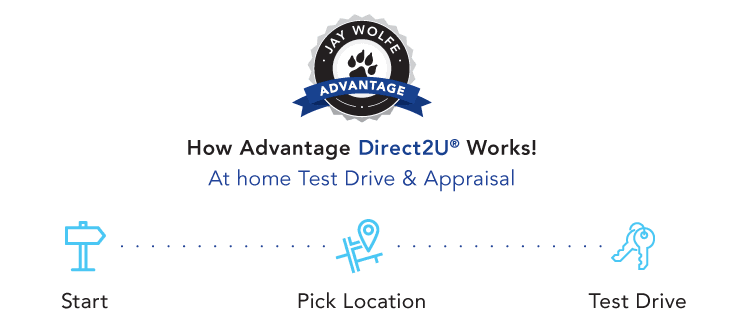What is the Honda Clarity All About?
You hear about alternative fuels, electric car technology, hybrids, and more fuel-efficient models every day. Everyone would love to spend less on fueling their car and protect the environment at the same time. And that’s exactly what the Honda Clarity Fuel Cell is all about.
How the Honda Clarity Works
At its core, the Honda Clarity is an electric car. What’s different about the Clarity is that it generates its own electricity using hydrogen gas! Here are the basics:- Hydrogen passes through fuel cells in a fuel stack in the engine compartment.
- A catalyst in the fuel cells separates the protons from the electrons.
- The electrons are sent to a battery pack and stored as electrical energy.
- The protons are diverted to a filter where they combine with oxygen drawn in from outside.
- The resulting emission is water, pure and simple. It’s the only tailpipe emission the Honda Clarity produces.
What Makes the Clarity Special?
It sounds like an electric car, doesn’t it? Essentially it is. The difference is that the Honda Clarity is totally clean technology. Where electricity can be expensive and time-consuming to charge your car and your range is limited, the Honda Clarity offers an alternative. It takes only three to five minutes to fuel the Clarity as opposed to several hours to charge electric car batteries. The Clarity also offers a range of up to 366 miles*, so you won’t need to ‘refuel’ daily. Is Hydrogen Safe?
In the Honda Clarity, the fuel cells are mounted further inboard than a typical fuel tank. They are manufactured using high-tech aluminum wound with carbon fiber, so they are incredibly impact resistant. In the event of a collision, they are well protected to prevent a rupture. When is the Honda Clarity Available?
Think of the Clarity as a model of technology to come. Hydrogen fueling stations are limited to the west coast primarily right now, but soon enough they will spread across the country. The Clarity offers an exciting glimpse into the future of Honda technology and vehicles, all while minimizing the impact on the environment. *Based on 2017 EPA range rating. Use for comparison only. Your range will vary based on how you drive and maintain your vehicle, driving conditions, powertrain condition, and other factors.






